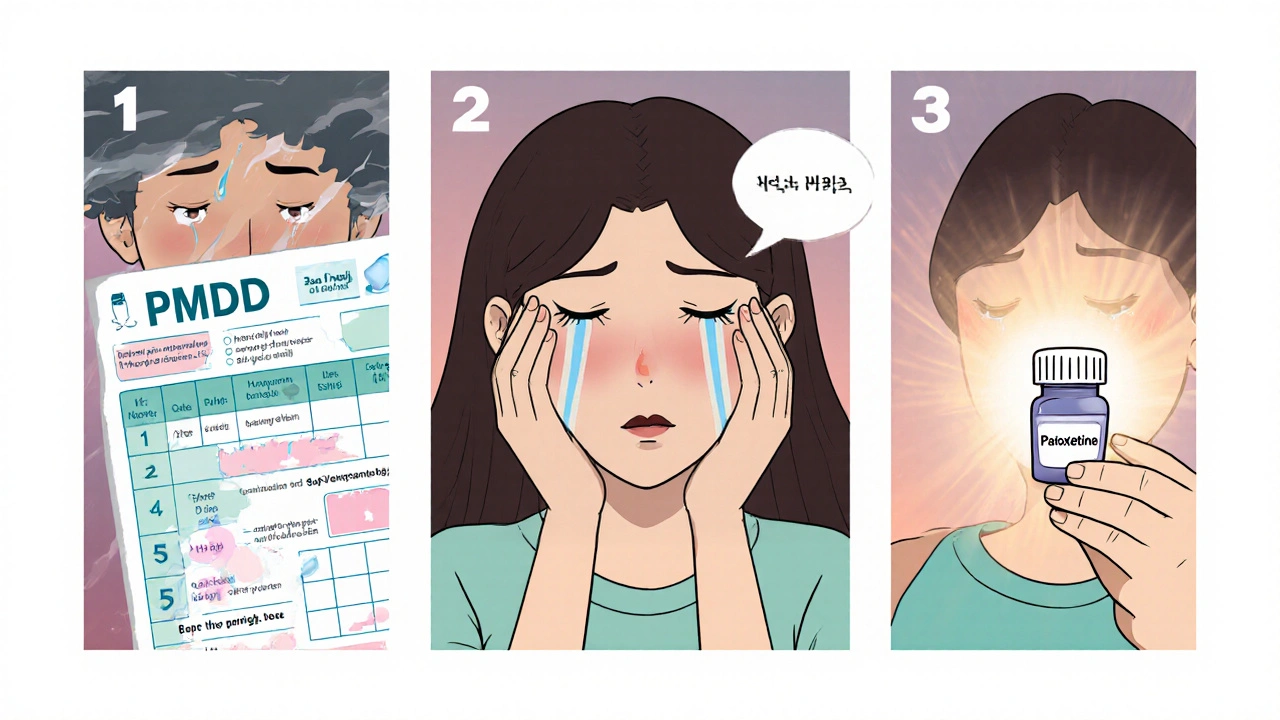Paroxetine – Comprehensive Guide
When working with Paroxetine, a selective serotonin reuptake inhibitor (SSRI) prescribed for depression, anxiety, and related conditions. Also known as Paxil, it helps increase serotonin levels in the brain, easing mood symptoms, you’re actually dealing with a medication that belongs to the class of SSRIs, drugs that block the reabsorption of serotonin to keep more of it available for nerve signaling. The primary health issue it targets is depression, a mood disorder characterized by persistent sadness, loss of interest, and impaired daily functioning, though it’s also effective for generalized anxiety disorder, panic attacks, and post‑traumatic stress. Understanding these relationships—how an SSRI like paroxetine works, what condition it treats, and what other drugs share its mechanism—sets the stage for safe and effective use.
Key Points to Remember
Dosage is a balancing act. Typical starting doses for adults with depression begin at 20 mg once daily, possibly rising to 40 mg depending on response and tolerability. For anxiety, clinicians may start lower, at 10 mg, and titrate up slowly to minimize early side effects. Always take the tablet with food or a full glass of water to reduce stomach upset. Speaking of side effects, the most common are nausea, dry mouth, dizziness, and sleep disturbances; these usually fade after a week or two. More serious concerns include sexual dysfunction, weight changes, and, in rare cases, increased suicidal thoughts especially in younger patients. Because paroxetine has a relatively short half‑life, missing a dose can trigger withdrawal-like symptoms—headache, irritability, flu‑like feelings—so consistency is crucial.
Interaction awareness saves headaches later. Paroxetine inhibits the CYP2D6 enzyme, meaning it can raise levels of other drugs metabolized by this pathway, such as certain beta‑blockers, antipsychotics, and opioids. Combining it with monoamine oxidase inhibitors (MAOIs) or other serotonergic agents (like tramadol or triptans) raises the risk of serotonin syndrome—a potentially life‑threatening condition marked by agitation, rapid heart rate, and high fever. Always share a full medication list with your prescriber and pharmacy. Monitoring labs isn’t routine, but liver function tests may be ordered for long‑term users or those with pre‑existing liver disease.
Beyond the specifics of paroxetine, the articles below dive into a variety of related health topics—from managing different types of headaches and choosing the right hair‑loss treatment to safe ways to buy generic medications online. Whether you’re looking for dosage guidance, side‑effect management, or broader insights into how SSRIs fit into overall mental‑health care, you’ll find practical, easy‑to‑follow information that complements what you’ve just learned. Keep scrolling to uncover the full collection of guides tailored to help you make informed health decisions.
How Paroxetine Can Help Treat Premenstrual Dysphoric Disorder
Learn how paroxetine, an FDA‑approved SSRI, treats Premenstrual Dysphoric Disorder, including dosage, effectiveness, side‑effects, and comparisons with other therapies.
How to Buy Cheap Generic Paxil Online Safely
Learn step‑by‑step how to purchase cheap generic Paxil (paroxetine) online, spot legit pharmacies, manage costs and stay safe.

